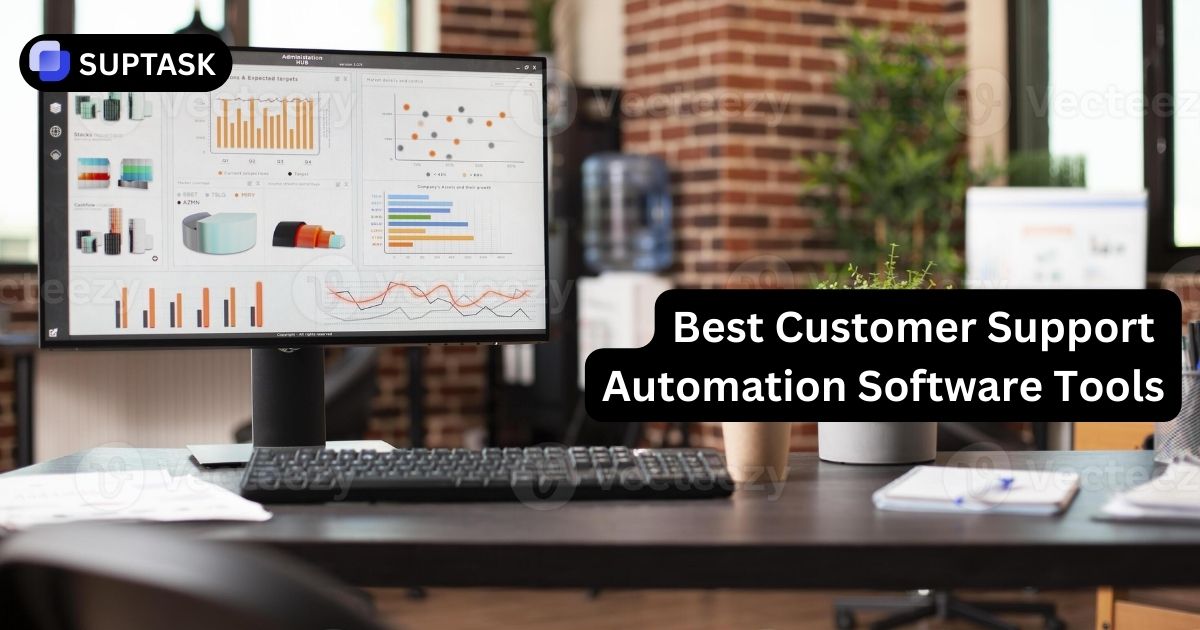Discover why 87% of growing businesses evolve from reactive support to strategic service management
Is Your IT Support Ready for Growth?
Take our 2-minute assessment to discover your IT maturity level
How does your team typically handle IT issues?
Do you track the root causes of recurring issues?
How do changes to your IT systems typically go?
Your IT Maturity Level
Based on your answers...
Side-by-Side: See the Strategic Difference
Click each model to explore its characteristics
Help Desk
The reactive firefighter
- 🔥 Break-fix mentality
- 📞 User-centric focus
- ⏱️ Speed over strategy
- 📊 Ticket closure metrics
- 🏢 IT department silo
Service Desk
The business enabler
- 🎯 Service-oriented approach
- 💼 Business-aligned goals
- 🔄 Proactive prevention
- 📈 Value-based metrics
- 🌐 Enterprise integration
Your Evolution Roadmap
The 4-phase transformation from Help Desk to Service Desk
Phase 1: Solidify Foundation
Implement ticketing system, document procedures, establish basic SLAs
Phase 2: Add Proactive Processes
Problem management, service catalog, known error database
Phase 3: Strategic Functions
Change management, CMDB, advanced analytics
Phase 4: Enterprise Integration
Business alignment, ESM expansion, value metrics
Calculate Your Service Desk ROI
See the financial impact of evolving to a service desk model
Compare Support Processes
See how each model handles common scenarios
How Each Model Handles System Outages
Help Desk Approach
Same issue likely to recur
Service Desk Approach
Problem eliminated forever
Managing System Updates
Handling New Employee Setup
The Future is Already Here
Service desks are the foundation for tomorrow's autonomous IT
AIOps
AI predicts and prevents issues before users notice
Self-Healing
Systems automatically fix themselves without human intervention
Zero-Touch IT
Fully automated provisioning and configuration
Enterprise Service
IT principles transform HR, Finance, and beyond
Your Service Desk Implementation Checklist
Click items as you complete them on your journey
1
Foundation Phase
-
✓Select ITSM platform
-
✓Document common procedures
-
✓Define initial SLAs
-
✓Train support team
2
Process Building
-
✓Establish problem management
-
✓Create service catalog
-
✓Build knowledge base
-
✓Implement automation
3
Strategic Growth
-
✓Deploy change management
-
✓Build CMDB
-
✓Integrate business systems
-
✓Track value metrics
Ready to Transform Your IT Support?
The journey from help desk to service desk isn't just an upgrade—it's a strategic transformation that positions IT as a business enabler. With proven ROI of 200-300% and payback in under 6 months, the question isn't whether to evolve, but how quickly you can start.
Start Your Service Desk JourneyFrequently Asked Questions
Quick answers about moving from help desk to service desk, ROI, and process maturity.
Help Desk = reactive ticket resolution; Service Desk = proactive, business-aligned service management (incident, problem, change, request) that prevents issues and proves value.
When recurring issues consume time, changes cause outages, or leadership asks for ROI and business alignment. Those are signals to add problem/change management and value metrics.
No. Certifications help, but you can adopt lightweight ITIL practices—incident, problem, change, request—without bureaucracy. Start small, iterate, document what works.
Done right, it speeds you up: fewer repeat incidents, safer changes, clearer ownership, and automation for routine requests—so engineers focus on high-value work.
Track time saved (deflection, faster resolution), cost avoided (fewer outages/repeats), and productivity gains. Tie CES/FCR to churn reduction for revenue protection.
An ITSM platform with incident, request, problem, and change; a knowledge base; basic CMDB/asset tracking; automation for routing/self-service; and analytics for value metrics.
Common path: 4–6 weeks for foundations, 8–12 weeks to add problem/change and automation, and 3–6 months to embed metrics and cross-functional workflows.
Yes. Lightweight service-desk practices reduce repeat work and context switching, so small teams get outsized benefits with simple guardrails and automation.













